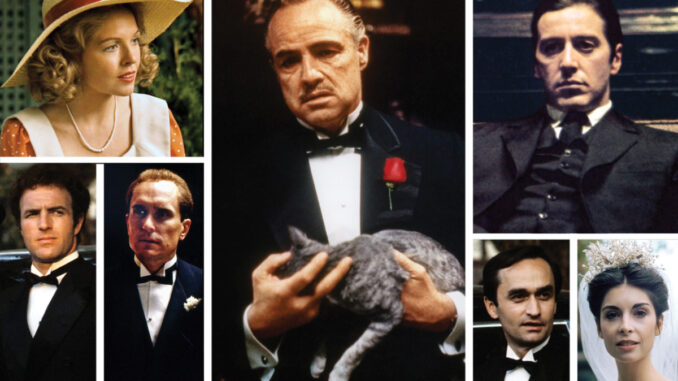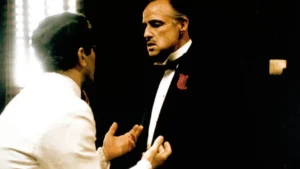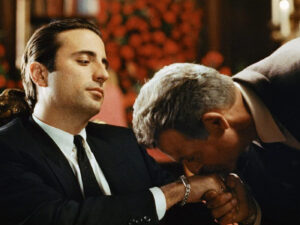
Why is this film considered such a classic?

The lasting hold of “The Godfather,” and its status as a milestone film, has been lavishly celebrated as it approaches its 50th year. I think it is also important to recognize Coppola’s film as a chapter in the rich and longer history of the American gangster film, a genre that began to capture the popular imagination in the late 1920s. “The Godfather,” in fact, readily acknowledges that history and legacy through a series of allusions to past gangster films such as “The Roaring Twenties” and “Little Caesar,” among many others. Beyond its engagement with the history of genre, “The Godfather” can more broadly be seen as a vital bridge between the classic Hollywood of the studio-era (seen early on in the film during the visit of consigliere Tom Hagen to make the infamous offer that can’t be refused) and the New Hollywood of the 1970s. Coppola draws from the deep well of film history in so many fascinating ways that I think contributes to the film’s continued resonance.

Of course, the performances are absolutely central to the film’s status as a classic. Here too “The Godfather” acknowledges its place in film history by staging a meeting of different generations of performers, most notably embodied in Marlon Brando and Al Pacino, two very different actor’s actors of the Method School now cast as father and son, as if emblematic the passing of the baton. Underscoring this is the presence of other amazing studio-era actors such as Sterling Hayden and Richard Conte, who were a truly pivotal figure in two-fisted gangster films in the ’40s and ’50s.
